In a Lucerne dairy farm, the first thing that you will notice is the spaciousness of the barns. It is the reason why farmers call it lucerne barns. The name comes from the fact that they use this type of barn to house cows during milking season.
It has enough space for each cow to have its own individual area, so they are not crowded in one place. We’ll look at how lucerne dairy animal treatment helps farmers manage their herd health.
Lucerne is a pasture grass that grows in cool climates such as Canada and the northern United States. Farmers use it to feed their animals and graze them during winter months.
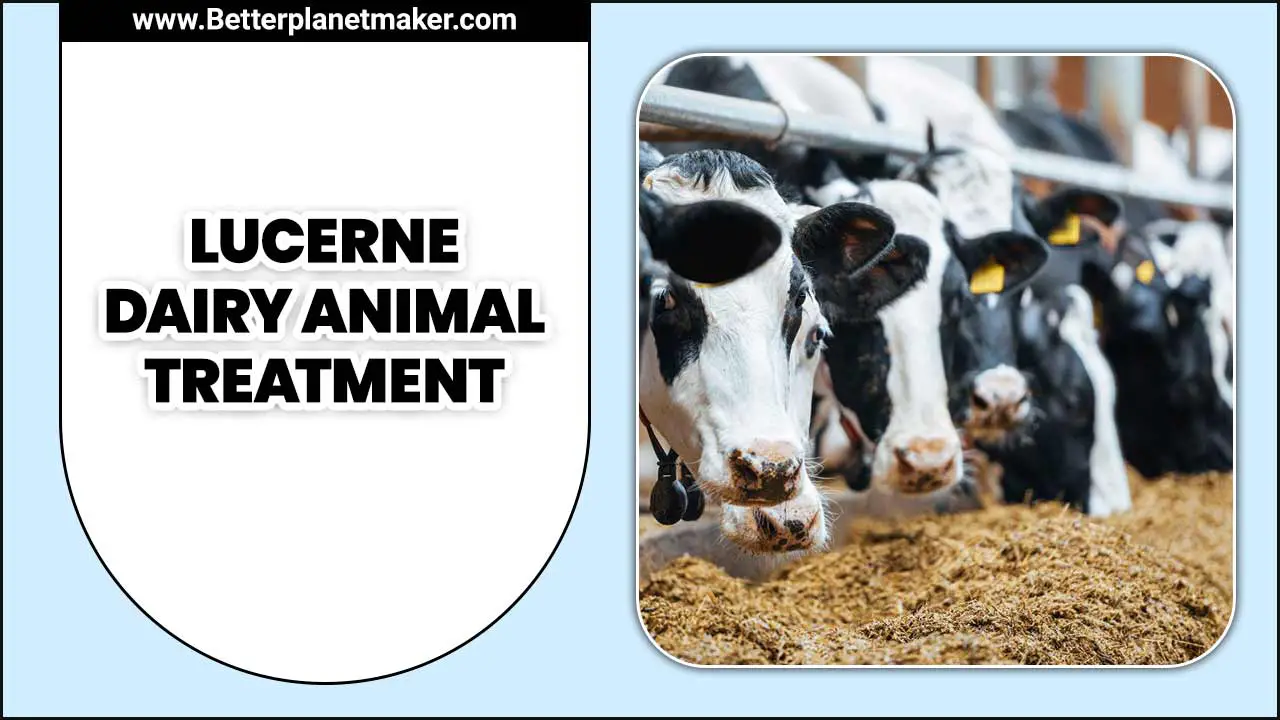
Contents
- 1 Health And Veterinary Lucerne Dairy Animal Treatment
- 1.1 Overview Of Industry Initiatives And Certifications Promoting Ethical Treatment And Transparency
- 1.2 Importance Of Proper Animal Treatment In The Dairy Industry
- 1.3 How To Properly Administer Lucerne Dairy Animal Treatment
- 1.4 Common Issues And Conditions That Can Be Treated With Lucerne Dairy Animal Treatment
- 1.5 Ethical Considerations In Lucerne-Dairy Animal Treatment
- 1.6 Housing And Facilities For Lucerne-Fed Dairy Animals
- 1.7 The Different Types Of Lucerne-Dairy Animal Treatment Available
- 1.8 How To Choose A Healthy Milk Brand
- 1.9 Treatment And Prospects For Vaccine Development
- 1.10 Nutrition And Feeding Practices For Lucerne-Fed Dairy Animals
- 1.11 Safety And Effectiveness Of Lucerne-Dairy Animal Treatment
- 1.12 Tips For Implementing Lucerne-Dairy Animal Treatment On Your Farm
- 1.13 Frequently Asked Questions [ FAQs ]
- 1.14 Does Lucerne Increase Milk Production?
- 1.15 Which Feed Increases Cow Milk?
- 1.16 Is Lucerne High In Protein?
- 1.17 Why Is Lucerne Good For Livestock?
- 1.18 What Nutrients Does Lucerne Need?
Health And Veterinary Lucerne Dairy Animal Treatment
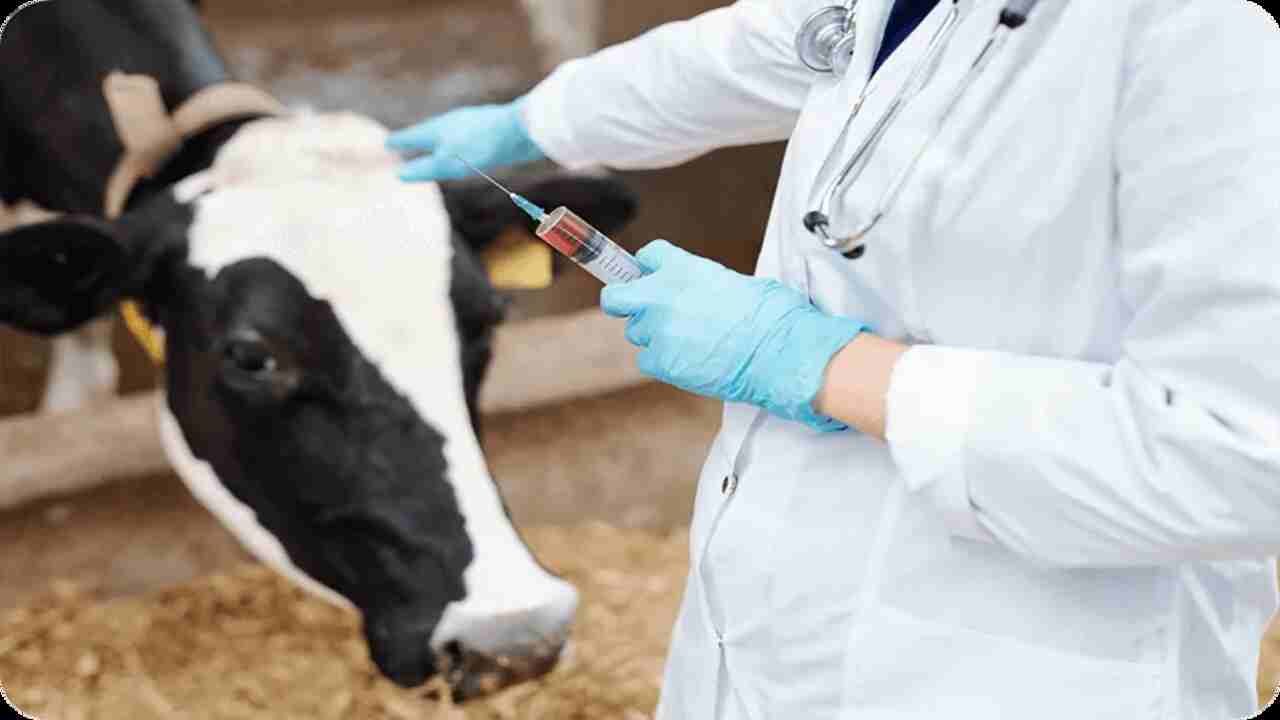
It is very important to know lucerne dairy animal treatment good or bad. Lucerne, also known as alfalfa, plays a crucial role in maintaining the health and well-being of dairy animals.
As a staple in their diet, it provides essential nutrients, vitamins, and minerals for optimal growth and milk production. The nutritional value of lucerne is particularly beneficial for lactating cows, as it enhances milk quality and quantity.
Overview Of Industry Initiatives And Certifications Promoting Ethical Treatment And Transparency
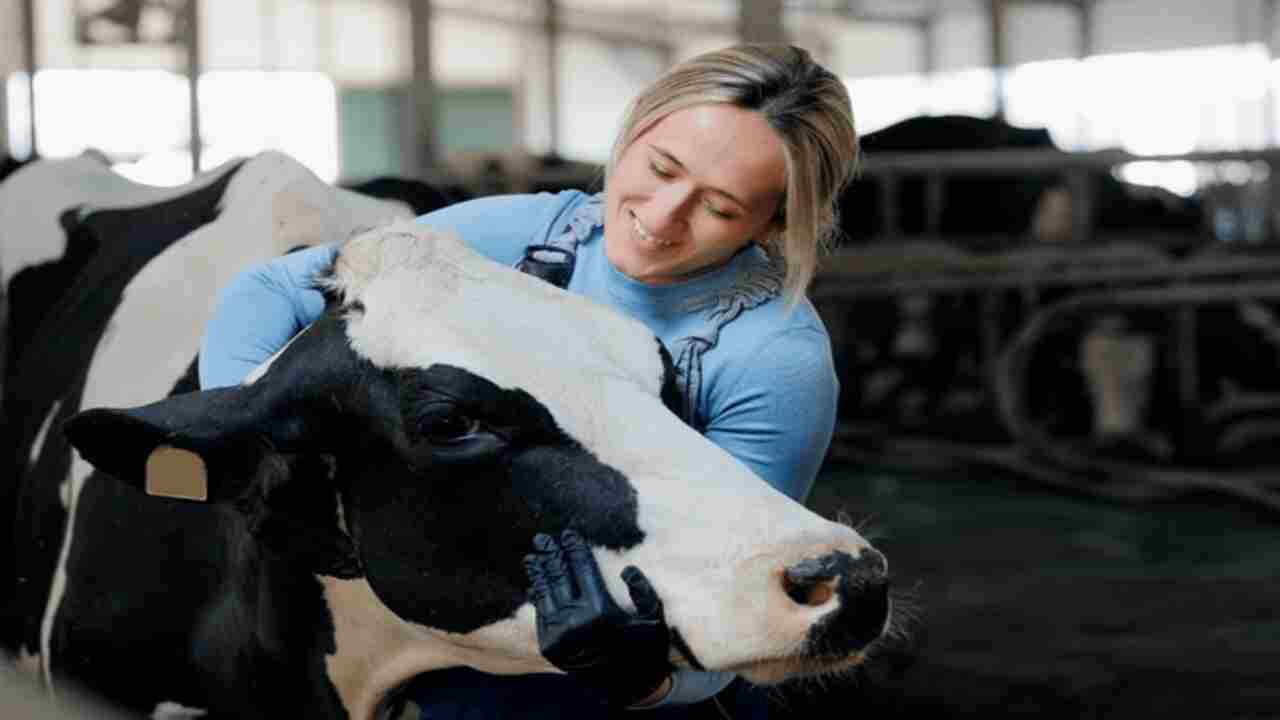
The dairy industry has seen a shift towards ethical treatment and transparency. Initiatives like the Lucerne-Dairy Animal Treatment Program focus on promoting humane practices and improving cow welfare.
This program covers housing, nutrition, health, and handling, emphasizing comfortable living conditions, access to clean water and nutritious feed, and prompt veterinary care.
It also encourages best practices for handling and transport, minimizing stress and ensuring animal safety. These efforts aim to enhance transparency in the industry.
Importance Of Proper Animal Treatment In The Dairy Industry
Proper animal treatment is of utmost importance in the dairy industry. Not only does it align with ethical and moral standards, but it also has significant implications for the quality of the milk and dairy products produced.
When animals are treated well, they are healthier, happier, and more productive. This translates to higher-quality milk that is free from stress-related hormones or negative environmental impacts.
Additionally, proper animal treatment fosters a positive image for the dairy industry as a whole, ensuring consumer trust and loyalty. By prioritizing the well-being of dairy animals through measures such as providing comfortable housing, nutritious diets, and access to veterinary care, dairy farmers can ensure the long-term sustainability and success of their operations.
How To Properly Administer Lucerne Dairy Animal Treatment
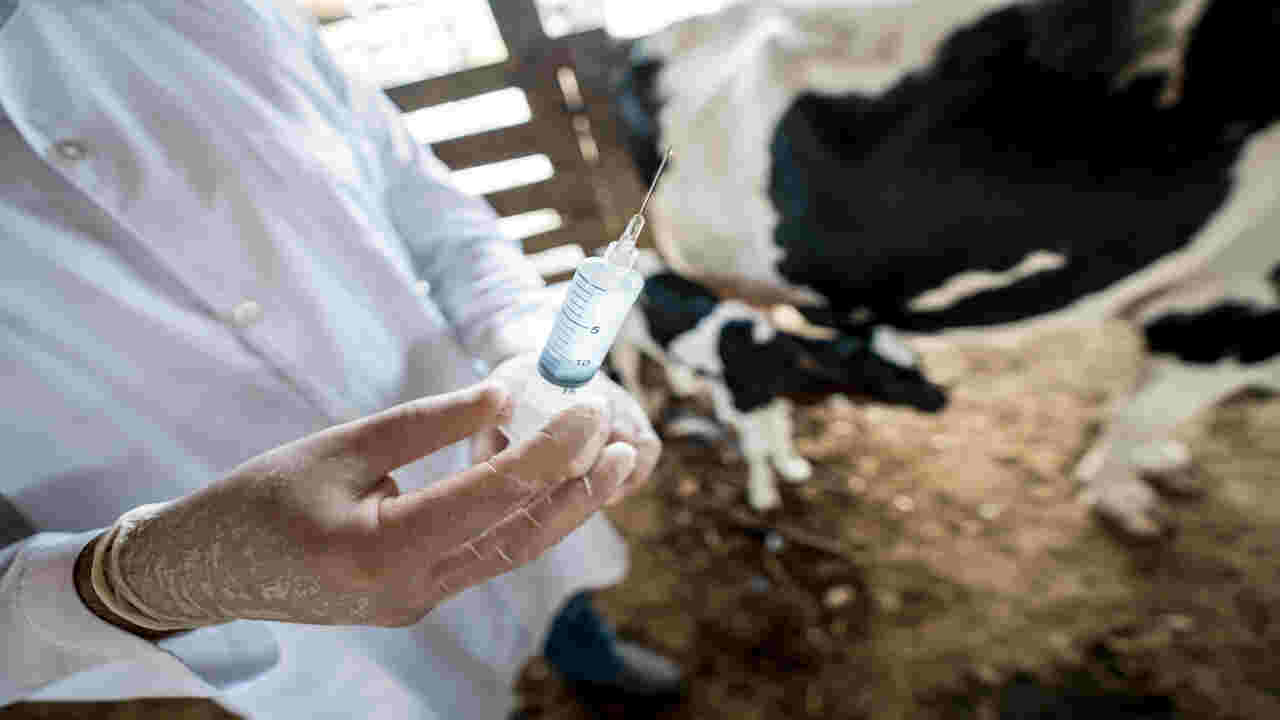
Properly administering Lucerne Dairy Animal Treatment is crucial for ensuring the health and well-being of your animals. Here are some important steps to follow. By following these steps and ensuring proper administration of Lucerne Dairy Animal Treatment, you can help promote the health and well-being of your dairy animals.
- Read And Follow The Instructions: Before administering Lucerne Dairy Animal Treatment, carefully read the instructions provided by the manufacturer. This will ensure that you understand the correct dosage and administration method.
- Prepare The Animal: Make sure the animal is calm and properly restrained before administering the treatment. This will help prevent any unnecessary stress or injury to both you and the animal.
- Administer The Treatment: Depending on the specific product, Lucerne Dairy Animal Treatment may be given orally, through injection, or applied topically. Follow the instructions provided to properly administer the treatment to your animals.
- Monitor For Any Adverse Reactions: After administering Lucerne Dairy Animal Treatment, closely monitor your animals for any signs of adverse reactions or side effects. If you notice anything unusual or concerning, contact a veterinarian immediately.
Common Issues And Conditions That Can Be Treated With Lucerne Dairy Animal Treatment
Lucerne Dairy Animal Treatment is a trusted solution for common issues and conditions that can affect dairy animals. Whether it’s mastitis, lameness, or digestive problems, Lucerne Dairy Animal Treatment offers effective and reliable treatment options.
With a focus on animal welfare and health, Lucerne Dairy Animal Treatment is designed to provide relief and support for dairy animals, helping them to recover and maintain their overall well-being.
From antibiotics to pain management, Lucerne Dairy Animal Treatment is committed to ensuring the health and comfort of dairy animals, ultimately benefiting both the animals and the dairy industry as a whole.
Ethical Considerations In Lucerne-Dairy Animal Treatment
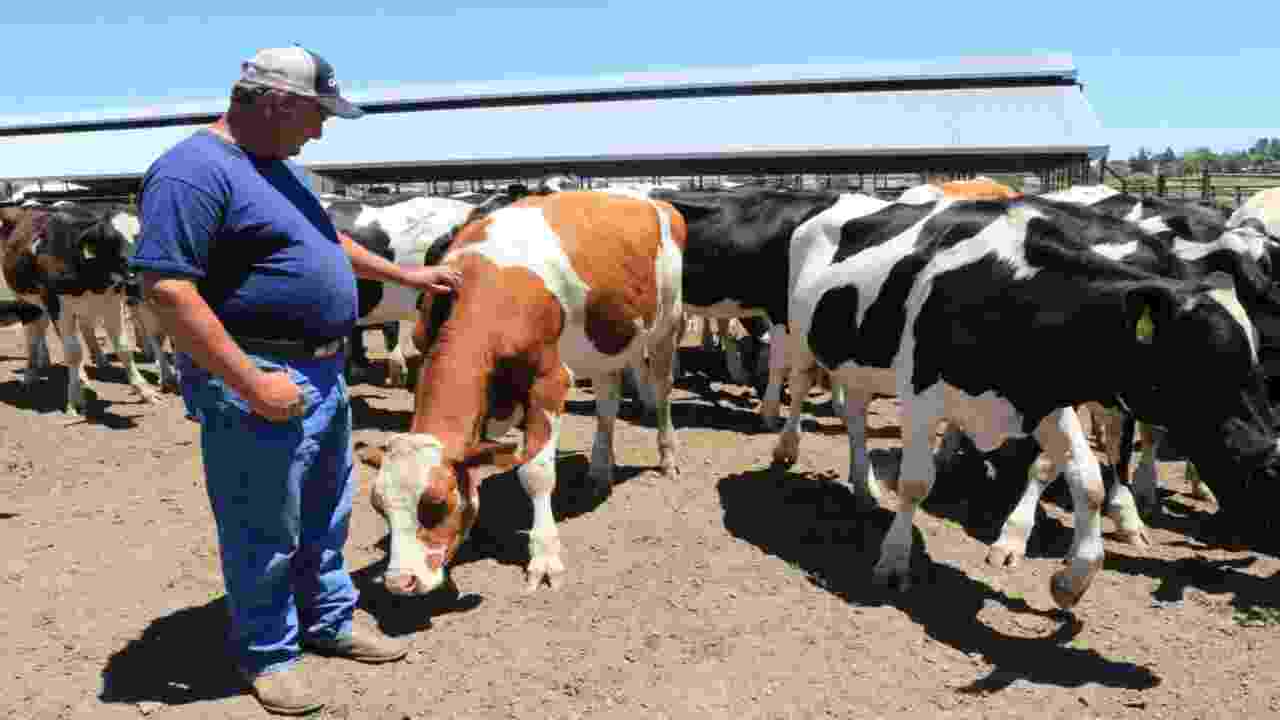
Ethical considerations are crucial in the treatment of Lucerne-fed dairy animals. Responsible practices are essential for their health and well-being. Lucerne, a nutritious forage crop, is commonly used in dairy farming to provide essential nutrients.
Ethical treatment, industry initiatives, and certifications promote transparency in the dairy industry. The Animal Welfare Certification Program sets standards for proper nutrition, comfortable living conditions, and veterinary care.
These standards demonstrate a commitment to ethical practices and responsible animal treatment. Transparency is also important in ethical considerations.
Housing And Facilities For Lucerne-Fed Dairy Animals
Providing suitable housing and facilities for lucerne-fed dairy animals is crucial for optimal comfort and well-being. A free-stall barn is a recommended system, providing individual stalls for cows with proper ventilation and lighting. The stalls should be comfortable and spacious, with non-slip flooring for cow mobility.
Additionally, the barn should have a feeding area with feed bunks or troughs to facilitate lucerne consumption. This ensures a healthy and productive environment for lucerne-fed dairy animals.
The Different Types Of Lucerne-Dairy Animal Treatment Available

On modern European dairy farms, farmers represent cows in two main ways. They can be kept alone, grazing and foraging on natural plants in their pastures, or part of a mixed farming system where goats, sheep, and other animals graze together.
This mixed farming approach is becoming more common in Western Europe. Farmers raise the animals in various systems, such as free-range or rotational grazing herds, with minimal confinement. However, this model has been facing challenges in recent years.
How To Choose A Healthy Milk Brand
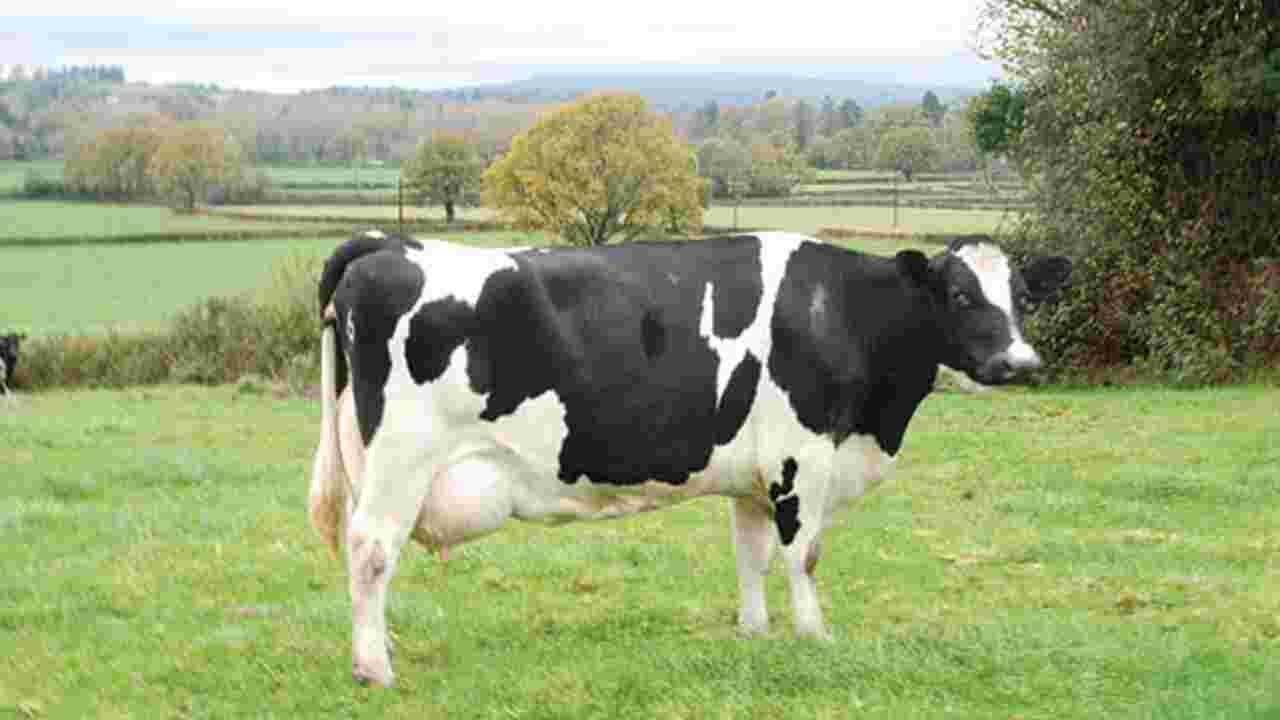
When choosing a healthy milk brand, you should do your research first. Many options exist, and you don’t want to consume something that’s not good for you. When choosing a milk brand, you must consider the type of animals it produces, the types of feed used, and the manufacturing process. You should treat the cows well and give them enough fresh water and pasture.
If you’re looking for a specific kind of raw or organic milk, read the label carefully. Some brands offer these kinds of options, but others don’t. Also, be aware that some brands use terms like “free-range” or “grass-fed,” which can be confusing because there is no set definition for either term. So make sure you understand what they mean before making your purchase.
Treatment And Prospects For Vaccine Development
There is increasing interest in developing vaccines to protect livestock against diseases like Lucerne Dairy Animal Disease (LDAD), as this would improve animal welfare and substantially reduce economic losses.
LDAD is a serious livestock disease that affects cows, sheep, goats, pigs, and camels. A virus causes it, spreading through contact with milk, saliva, or excrement from infected animals.
The virus can cause significant losses for farmers and meat producers, as well as causing significant health problems for the animals themselves.
Currently, no vaccines are available to protect livestock against LDAD. Hence, farmers must resort to vaccine-based control measures like culling infected animals or treating them with antibiotics to prevent the disease from spreading. However, there is growing awareness of the importance of developing vaccines against LDAD, and research into this area is ongoing. If
Nutrition And Feeding Practices For Lucerne-Fed Dairy Animals
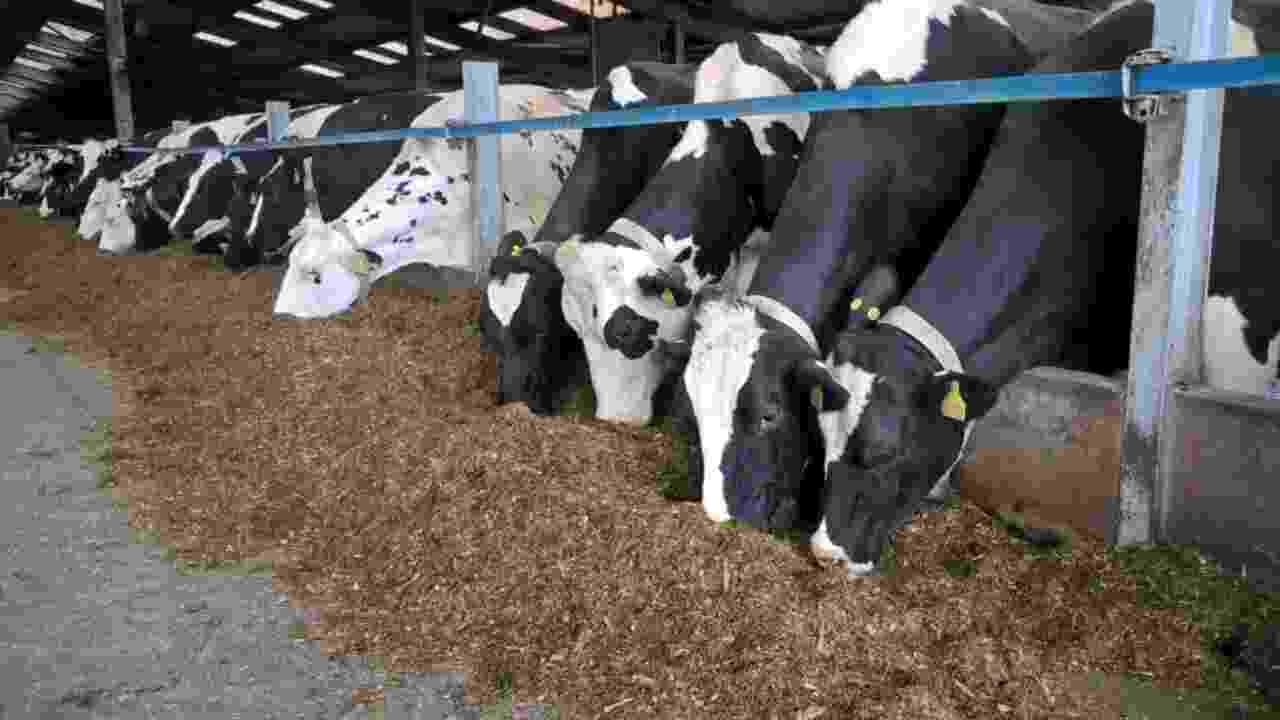
The nutritional needs of Lucerne-fed dairy animals play a crucial role in their overall health and productivity. Studies have shown that proper feeding practices and strategies can significantly affect milk yield and quality.
Forage, such as Lucerne, is essential to their diet, providing necessary fibre and nutrients. Incorporating silage and mixed rations in their diet can further enhance their nutrient intake. The current study evaluates the protein rate in milk and milk fat by manipulating pasture allocations.
This research aims to provide valuable insights into optimizing the nutrition and feeding practices for Lucerne-fed dairy animals, ultimately improving their overall performance and well-being.
Safety And Effectiveness Of Lucerne-Dairy Animal Treatment
We investigated the safety and effectiveness of Lucerne-Dairy Animal Treatment through an experiment period. The study focused on the impact of pasture structure and forage source on grazing strategy. Researchers observed the distribution of faecal patches and their effect on animal health.
Additionally, we examined the potential benefits of Cashew milk as a supplementary feed. The findings provide valuable insights for optimizing dairy animal treatment and ensuring their well-being.v The pasture intakes of Lucerne are essential for dairy animals’ overall health and well-being.
Tips For Implementing Lucerne-Dairy Animal Treatment On Your Farm

Implementing Lucerne-Dairy Animal Treatment on your farm involves several key tips. Firstly, consider incorporating cashew milk into the dietary regimen of your animals. This alternative milk source offers numerous nutritional benefits. Additionally, ensure the lucerne pasture is well-maintained and regularly monitored for optimal height.
This will ensure your animals have access to high-quality dietary forage, promoting their health and well-being. By following these practices, you can enhance the effectiveness of Lucerne Dairy-Animal Treatment on your farm.
- Consult a veterinarian or animal health specialist.
- Provide clean and comfortable housing
- Implement a nutritious diet with Lucerne
- Monitor and assess animal health regularly
- Maintain proper milking routine
- Ensure access to clean water
- Implement a waste management system
- Provide exercise and socialization opportunities
- Train and educate farm workers on animal care
Conclusion:
Dietary treatments play a crucial role in Lucerne Dairy Animal Treatment. The treatment of dairy animals, specifically in lucerne production, is a complex and important issue.
While concerns have been raised about the welfare of these animals, it is clear that farmers and industry professionals are taking steps to improve and maintain high standards of animal care.
With continued research and education, we can work towards ensuring dairy animals’ well-being and producing quality lucerne products. It is our responsibility to prioritize and prioritize the ethical and humane treatment of these animals, and together, we can positively impact the dairy industry.
Frequently Asked Questions [ FAQs ]
Does Lucerne Increase Milk Production?
Yes, dairy cows experience increased milk production when consuming lucerne, and alfalfa. Lucerne is a highly nutritious protein, vitamin, and mineral forage. It contains high levels of calcium, which is essential for milk production.
Which Feed Increases Cow Milk?
A balanced diet, water, and consultation with experts are key for optimal milk production in cows. Feeds rich in protein, energy, and essential nutrients like vitamins and minerals are important for promoting optimal milk production in cows.
Is Lucerne High In Protein?
Lucerne contains around 15-20% protein, making it a valuable dietary addition for animals that require protein to support growth and muscle development.
Why Is Lucerne Good For Livestock?
Lucerne is good for livestock because it is highly nutritious and provides a balanced diet. It is rich in protein, vitamins, and minerals, benefiting their growth, development, and overall health.
What Nutrients Does Lucerne Need?
Lucerne, alfalfa, requires several key nutrients for optimal growth and development. These include nitrogen, phosphorus, potassium, calcium, and magnesium.
